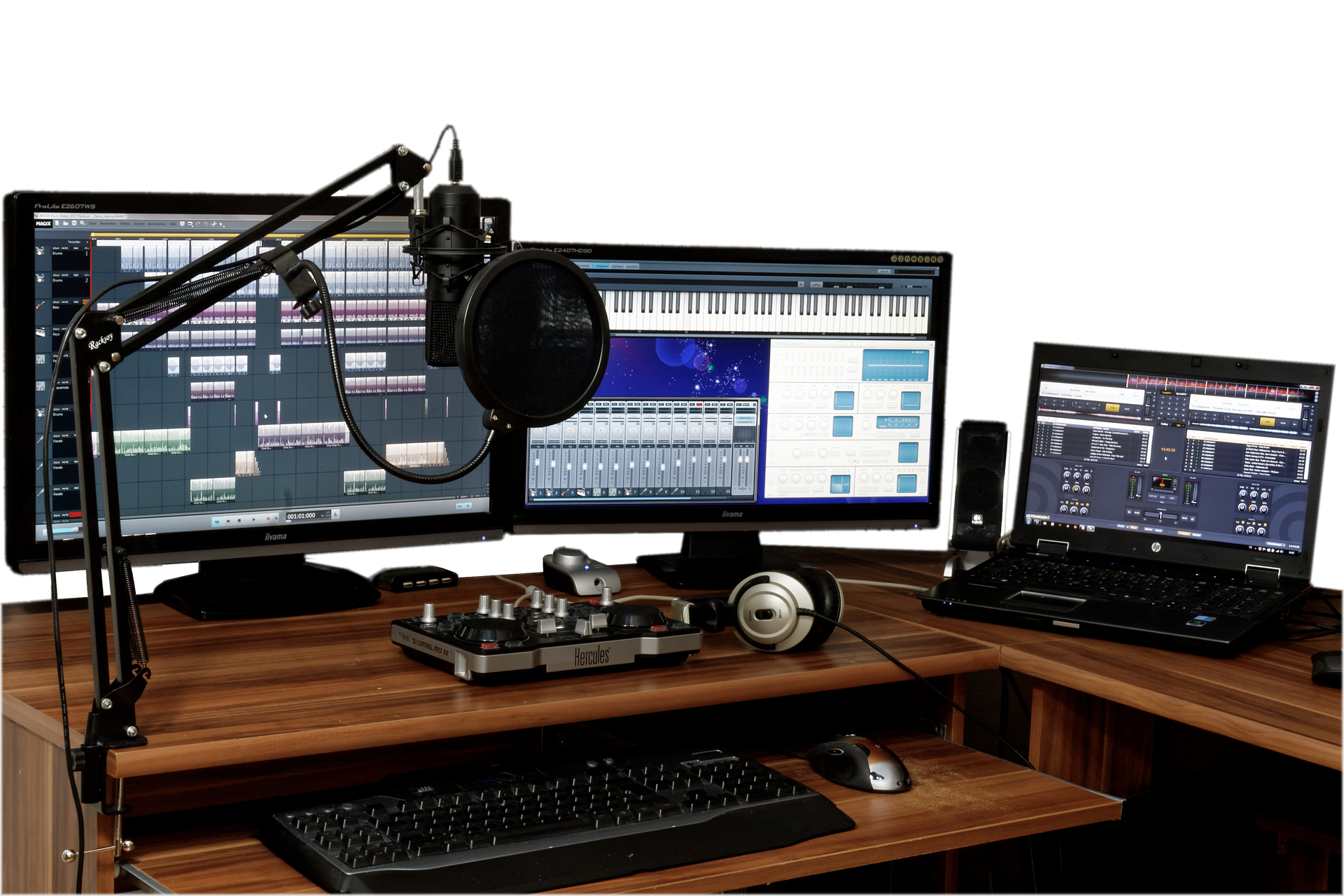Are you a musician or an aspiring musician? Perhaps, you are someone who likes to plug in to the world of creation and makes some noise on some occasion? Either way, you would certainly be looking for some sort of DAW. But what is a DAW?
DAW stands for ‘Digital Audio Workstation’. This appliance most often points toward the bedroom producers. That is not true at all unless you are a player and do a lot of gigs outside and do not care about producing music home. Again, even you at some point will certainly want to get your hands on one of these DAWs, due to its vast library that you can choose to work with, say to make some sound, shape some sound or you just want to put on some track on loop and jam the hell out on its sound.
Picking the best digital audio workstation
When it comes down to choosing the DAW, there are endless amount of software out there. Yes, DAW is typically a piece of software residing in your computer system with vast possibilities of what you can do and create out of it. There are plenty of them out there. Most popular being Cubase, Ableton Live, ACID Pro, Fl studio, Reason, Mixcraft and others. Each of them has one’s own pros and cons of course. We will take a hike to Mixcraft and see what this piece of DAW is all about.
What is Mixcraft?
Mixcraft, is just like any other multi-track recording computer application. This piece of software is available only for the Windows operating system. There is little use of this to any other operating systems like Linux or Apple-based Mac. They have their own DAWs though. Most common features that Mixcraft is comprised of are the ones typical for digital audio workstations.
With its help, you can go ahead and record your instruments live and edit the sound in anyway you want. Another option is that you can do it based on patterns as well without having to record anything live in real time. Also Mixcraft works as a host between you and other third parties or built-in Mixcraft VST ( stands for a virtual studio technology) plug-ins. There is a crazy amount of VSTs out there to fiddle with. They support MIDI sequencing which is where you can change and edit your MIDI tracks.
How can you install Mixcraft on your machine?
A Mixcraft’s installation process is not anything crazy. The most of the process can be done with the clicking next approach with of course some minor manual changes if you want to customise the application from the very start, for instance by choosing a directory for the .exe file, a sound library directory, a VST plugins directory and other necessary options. They all will be prompted to you and you will be able to set the software in the way you prefer. With this usual procedure you are ready to get started.
How can you work with Mixcraft?
In the previous article, we have talked about a choice of your first digital audio workstation and we have picked Mixcraft to start your journey with. If you have already installed this programme on your computer according to the guidelines given before, you are ready to use it. This article will help you to understand how to navigate Mixcraft and what exactly can be done with the help of this popular software.
Mixcraft: when installation is completed
Upon the opening up of the .exe file, you will end up with some sort of “Demo” track. This is where you can see how Mixcraft works by listening to the track and, of course, feel free to tweak stuff to see how it works and sounds in Mixcraft. This is a good sneak peak before you jump in with your personal projects.
If you now go to select from the top panel, and select a new one, you will end up on a new screen with a fresh start. This prompt box will ask you for some configuration you want to make to your project. Usually, this contains the BPM, beats per minute or the tempo, time signature, title of your project, the scale with which you want to start and paths to where you want to save your project. With these options set, you are at the fresh and empty place or canvas where your construction of imagination of sound begins.
Working with your projects
From here, most the things are pretty self explanatory and require just like any other programme, some basic exploration. Feel free to navigate through the features it provides. The GUI (Graphical User Interface ) is so neat and soothing at eye in this programme that you just cannot help but to poke around. Most eye-catching piece of the GUI of Mixcraft would be the master volume button and the display, where your time length of the track and other necessary information will be there including time signature.
On the left-hand side there is rack of instruments you can add to. It could be any virtual instrument or an audio track to live record your instruments or sing your heart out. There you will have some panning, volume level, name/rename of the track, and most noticeably the FX rack, where you can add various effect processors like delay, reverb, chorus, distortion or other wide range of built-in or third party effects. With each of these tracks, you have the option to automate your sound. Little plus + button drops down the automation section. On the bottom, you have your piano roll section, project manager, library or mixer.
Personally I have been using Mixcraft for over a decade and I like it most for its simplicity. Sound is not as rich as in some of the other workstations but with some skill and tweaks, you can make the audio sound so.

